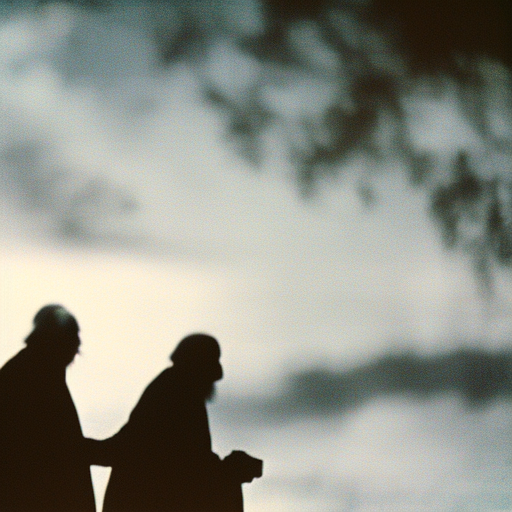Summary:
Galileo Galilei was an Italian astronomer, mathematician, and physicist who played a crucial role in the scientific revolution of the 17th century. He made significant contributions to the fields of astronomy, physics, and the scientific method. Galileo’s observations and experiments challenged the prevailing beliefs of his time and laid the foundation for modern physics.
Early Life and Education:
Galileo Galilei was born on February 15, 1564, in Pisa, Italy. He came from a family of musicians but showed an early interest in mathematics and natural philosophy. Galileo attended the University of Pisa, where he studied medicine but soon became fascinated with mathematics and physics. He dropped out of medical school and pursued his passion for science.
Contributions to Astronomy:
Galileo’s most significant contributions were in the field of astronomy. He built his own telescope, which allowed him to make groundbreaking observations. Galileo discovered that the moon had a rough, uneven surface, contrary to the prevailing belief that it was a perfect sphere. He also observed the four largest moons of Jupiter, now known as the Galilean moons, which provided evidence for the heliocentric model of the solar system proposed by Copernicus.
Conflict with the Church:
Galileo’s support for the heliocentric model and his insistence on the use of empirical evidence in scientific inquiry brought him into conflict with the Catholic Church. In 1616, the Church declared heliocentrism as contrary to scripture and banned the publication of any works that supported it. Galileo continued his research and in 1632 published his most famous work, “Dialogue Concerning the Two Chief World Systems,” which defended the heliocentric model. The Church accused him of heresy, and in 1633, Galileo was tried by the Inquisition and forced to recant his views.
Contributions to Physics:
In addition to his work in astronomy, Galileo made significant contributions to the field of physics. He conducted experiments on falling bodies and developed the concept of uniform acceleration. Galileo’s experiments and observations led him to formulate the law of inertia, which states that an object in motion will remain in motion unless acted upon by an external force. This idea laid the foundation for Newton’s laws of motion.
Legacy and Impact:
Galileo Galilei’s contributions to science had a profound impact on our understanding of the natural world. His use of the telescope revolutionized astronomy and provided evidence for the heliocentric model. Galileo’s emphasis on empirical evidence and the scientific method laid the groundwork for modern scientific inquiry. Despite his conflicts with the Church, Galileo’s ideas eventually gained acceptance, and he is now recognized as one of the greatest scientists in history.
Conclusion:
Galileo Galilei was a pioneering figure in the scientific revolution of the 17th century. His observations and experiments in astronomy and physics challenged prevailing beliefs and laid the foundation for modern science. Galileo’s contributions to our understanding of the universe and his emphasis on empirical evidence continue to inspire scientists to this day.












